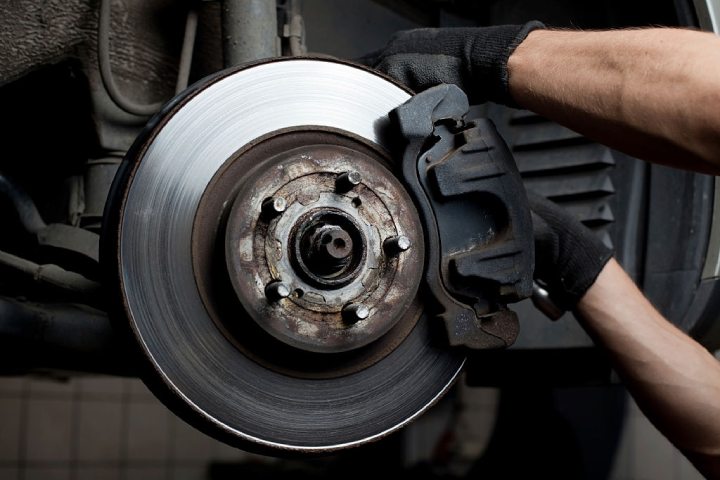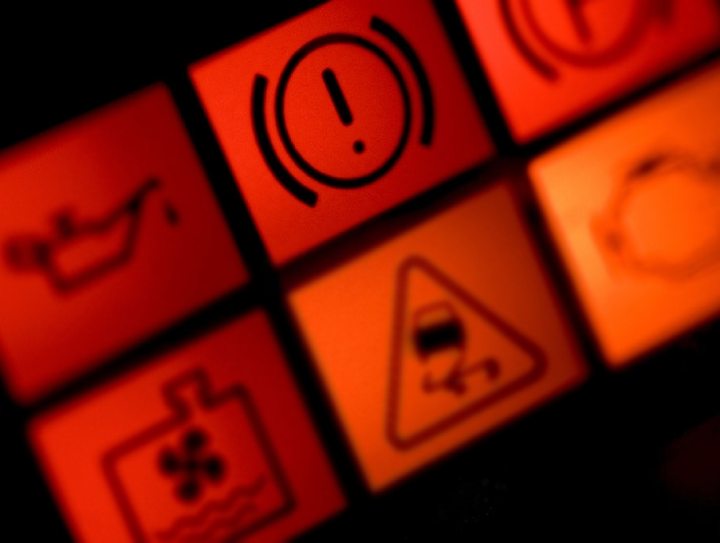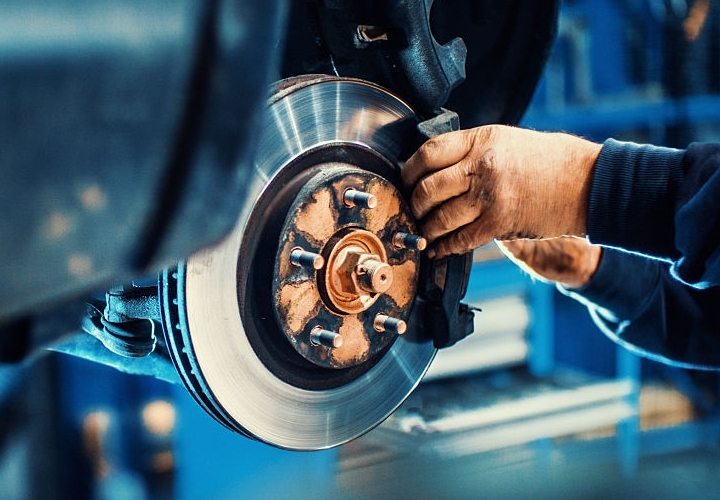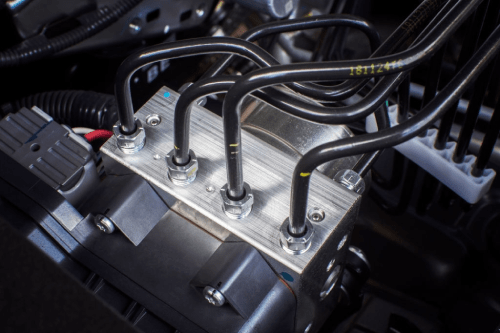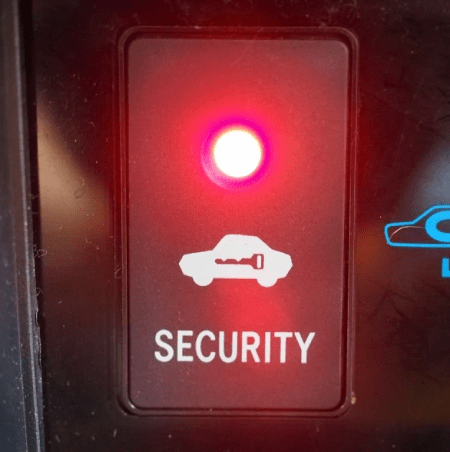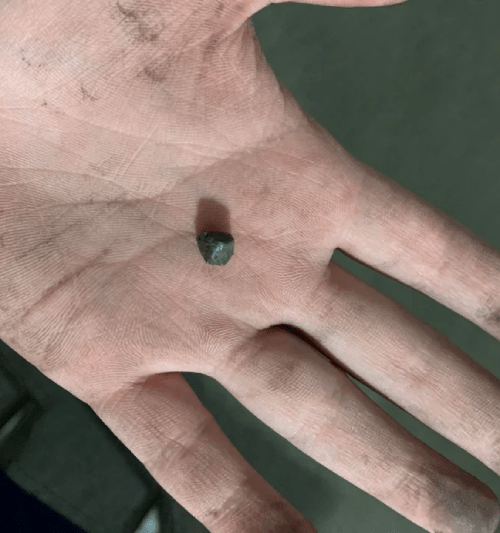There comes a time after you buy a car when you find you have to start replacing parts of it for the vehicle to remain in optimal condition. After a couple of thousand miles, you’re going to have to begin what would be your regular maintenance culture, starting with the simplest things like your oil change and filters.
As you go on, however, you’re going to have to start focusing on more essential parts (this isn’t implying those mentioned above aren’t important in their own right) like your brake pads, tires, rims, rotors, etc. Your brake pads are one of the most important things you could pay attention to in your car.
Negligence on that part could get you in trouble with traffic law enforcers or the undertaker, and that’s not just being morbid. In the United States, about 300,000 accidents every year are due to brake failure, so your inclination to learn about brake pads is commendable.
When shopping around for a new set of brake pads, there are some things you should know beforehand, like how many brake pads you need to order and how many brake pads you can expect to get.
- Do brake pads come in pairs?
- How many brake pads do I need?
- How many brake pads per wheel?
- Are brake pads sold in pairs?
- How many brake pads come in a box?
- How many brake pads are on a car?
- When should you replace them?
- Changing your brake pads in 7 easy steps
- What happens when I don’t change brake pads in pairs?
- Final thoughts
So let’s jump to one of the most frequently asked questions by car owners when it comes to replacing their brake pads.
Related content: Do you have to bleed brakes after changing pads? Answered
Do brake pads come in pairs?
Brake pads do come in pairs, meaning that when you order a new set of brake pads for either front or rear axle, you will get four brake pads, two for each wheel. Some people expect to receive just two pads, but it is important to note that there is a pad for the offside and one for the near side of the rotor for each wheel.
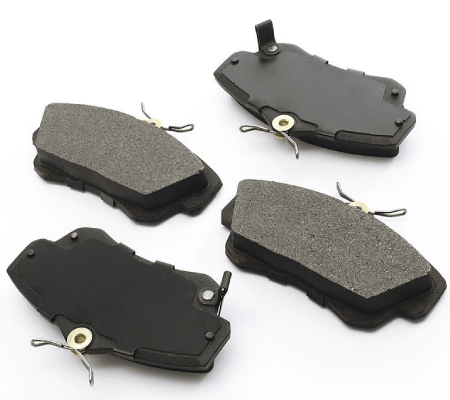
How many brake pads do I need?
When shopping for new brake pads, you will need to order just one set per axle, as each set comes with four pads, enough to do either the front or rear wheels. If you pay attention, you will notice that each manufacturer offers front and rear brake pads, as they differ in dimensions.
Let me explain!
The pads on the same axle of your car wear out simultaneously, so it’s best to change the brake pads of both wheels at the same time. That means you should change both front wheels or back wheels simultaneously (finishing one wheel at a time rather than doing it simultaneously).
The front wheels are likely to wear out faster because they are the primary stopping force when the brakes are applied. The rear wheels also have brakes, but these are mainly to keep the car from skidding.
That being said, when changing the brake pads of your car, you technically need either four or eight brake pads, depending on whether you plan on changing both axles at the same.
However, as discussed already, you will be ordering just one set of brake pads for the front and one for the rear axle.
How many brake pads per wheel?
Every wheel in the car has two brake pads. So we have four at the front wheels and four at the back wheels of a typical modern sedan or four-wheeler car, making eight in total.
Note that older car models did not always utilize brake pads. They used drum brakes instead of rotors, which utilized brake shoes instead of brake pads. Some cars use drum brakes for the back axle and disc brakes for the front one, so in total, they only have four brake pads, two brake pads for each rotor.
Are brake pads sold in pairs?
All brands sell their brake pads in pairs, meaning that you will need to purchase just one pair for the front and one for the rear. Each pair will do two wheels, meaning that you will be receiving four pads per pair, two for each wheel.
Related content: Why does the brake light come on when accelerating or braking?
How many brake pads come in a box?
Manufacturers usually put four brake pads in their boxes. These will be enough to do the wheels on one axle, as they should be. Either the front wheels or back wheels should be replaced simultaneously.
In addition to the four brake pads, you might find a special lubricant that can help reduce braking noise, anti-rattle clips, or shims.
How many brake pads are on a car?
There are eight brake pads in a modern car, but some have only four because only the front tires use disc brakes. This is because the front tires do more work in stopping the vehicle, and disc brakes are more efficient than drum brakes which are sometimes used at the back.
In these kinds of cars, there are only four brake pads, two for each wheel in the front.
When should you replace them?
When you have used your car to a certain extent, your brake pads wear out. Your braking system is only efficient due to implementing frictional forces to get your vehicle to stop. It consists of four essential parts (the brake lines, brake pads, brake discs or rotors, and calipers).
The brake pad is the part of the braking system that compresses against the rotor to induce enough frictional force to stop the car. They are usually made from either metallic, organic, ceramic, or composite materials, and they are bulky when new.
As they induce frictional force upon friction force across increasing mileage on your car, this material eventually gets shaved off little by little, reducing the frictional efficiency.
You know your brake pads are due for replacement when:
They squeal a lot when engaged
This is the first sign that something is up with your brake pads. It is also relatively easy to notice because the sound is incredibly high-pitched. When starting to have squeaky brakes, it is good to perform a visual inspection of the brake pads and check their thickness.
If low, you should start considering replacing them soon.
Related content: Why does my car make a clicking noise when braking?
They grind when engaged
There are metal wear indicators attached to most brake pads that help to alert the driver to brake pad wear when the brake is engaged. If you hear an unpleasant screeching sound, it’s likely the sound of the acoustic wear indicators on your pads.
Your steering wheel vibrates when braking
Steering wheel vibrations are never a good sign, but if the steering wheel starts vibrating when applying the brakes, it is most likely caused by a brake pads or rotors problem.
Your car does not stop immediately when applying the brakes
By very implication, you should understand that this means that your brakes lost efficiency. It’s best to change your brake pads immediately when you notice this behavior.
The brake pads look thin
You should also visually access your brake pads as frequently as you can. Thin brake pads are a bad sign, and you should ensure you never go beyond the limit.
Changing your brake pads in 7 easy steps
You should never wait for long after noticing your brake pads have issues before changing them. Here is an abridged step-by-step explanation of how to change your brake pads.
While it is advisable you go to a mechanic, especially if it’s your first time, you can go DIY-style. Know your caliper assembly before you start and finish on one side before starting on the other.
- You remove the wheel and keep the car afloat with a jack.
- Disengage the slider’s bolt that holds the caliper.
- Lift the caliper up without removing any of the brake lines.
- Remove the worn-out pads.
- Replace the retaining chips and get the new brake pads in.
- Retract the pistons before you put the caliper back down. The brake fluid level would go up when you put the pistons back, so you should monitor it so it does not overflow.
- Put the caliper back down, tighten the slider’s bolt back, and test drive to check for efficiency.
What happens when I don’t change brake pads in pairs?
If you don’t change your brake pads in pairs, you may experience uneven braking performance. This is because the two brake pads will wear at different rates, causing one pad to be thicker than the other. This can lead to steering wheel pulsating or vibration when braking and increased wear on the rotor (the rotating disc that the brake pads grip onto to slow down the vehicle).
It can even cause the brake caliper to seize up in extreme cases. So, while it may be tempting to change one brake pad at a time to save money, it’s not worth the risk. Remember that brake pads are part of the braking system, one if not the most important safety mechanism of your car.
Risking your life to save on replacement costs is a bad idea; therefore, you should never consider replacing the brake pads on just one wheel.
Final thoughts
It is normal to get confused when you order new brake pads for the first time. You wouldn’t be able to know how many there are in a box and how many boxes one should order to ensure he’s not short or have extra pads left.
If you have the work done by a car technician, it will save you the hassle of shopping around for parts! However, this might come at a price, as garages will not spend time looking for the best deals!
As a result, I always recommend my customers to bring their own parts if they are on a budget!
My name is Jeffrey Williams and I have been a car mechanic for over 35 years. I am currently working NYC Auto Repair Shop, in New York City and recently developed a strong passion about blogging. I decided to put together this blog where I will try and answer the most commonly asked questions I get on a daily basis from my customers.

